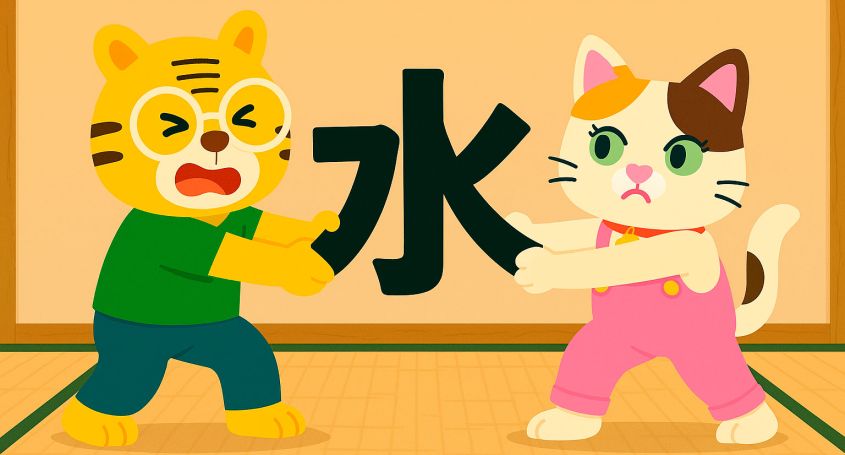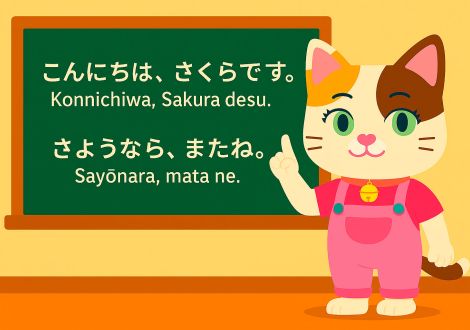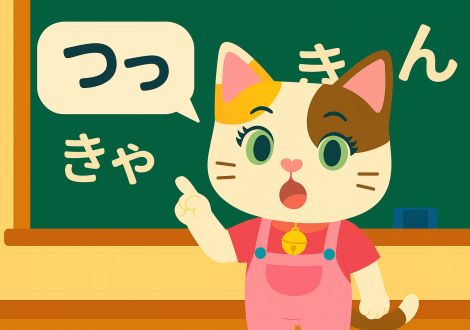The History of Kanji in Japan
Historically, Japan has been profoundly influenced by Chinese culture. This influence is evident in the Japanese language, particularly when adopting Chinese characters (referred to in Japan as Kanji) for writing. Around the 5th century A.D., the Japanese began to use Chinese characters for transcribing Japanese words and sounds.
In addition, many Japanese words are either direct borrowings from Chinese or are based on Chinese words. These borrowings include the names of everyday objects, of cultural and scientific concepts, and of religious and philosophical terms. Many Kanji characters have two readings: one based on the original Chinese pronunciation (on'yomi) and the other one on the native Japanese pronunciation (kun'yomi).
Why is Kanji Used in Japanese?
- Meaning and Pronunciation: Unlike Hiragana and Katakana, which represent sounds, Kanji characters represent both sounds and meanings. Hence, using Kanji can make a text more concise and can clarify the meaning of a word that might have several interpretations.
- Disambiguation: There are some words in Japanese which share the same pronunciation but they have different meanings. Employing Kanji can help by indicating the intended meaning.
- Tradition and Aesthetics: Kanji characters are integral to Japanese tradition and culture. Many people in Japan also value the aesthetic appeal of Kanji characters.
The Challenges of Kanji
While Kanji boasts several advantages, it also poses challenges:
- Number of Characters: Learning Kanji demands the memorization of many characters. Japanese language students must grasp around 2,136 jōyō Kanji characters, the most frequently used ones in everyday life, plus numerous other characters which are used in personal names, in place names, and in classic literature.
- Multiple Readings: Several Kanji characters have multiple readings, which can be either on'yomi (based on the original Chinese pronunciation of the character) or kun'yomi (derived from the Japanese word corresponding to the meaning of the character). For instance, the character for "water" is 水, which can be read as [sui] (on'yomi) or as [mizu] (kun'yomi).
- Writing and Strokes: Each Kanji character has to be written with a specific number of strokes following a particular order. This requirement can be challenging, especially for the more intricate characters.
- Similar Shapes: A host of Kanji characters possess similar shapes but they differ in meaning and pronunciation. This resemblance might cause confusion in beginner students.
Despite these challenges, mastering Kanji is vital in order to attain fluency in Japanese. Kanji proficiency facilitates efficient reading and writing in Japanese and offers a deeper appreciation of Japanese culture and history. With dedication, practice, and patience learning Kanji can be rewarding and invaluable.
Chinese Influence on Korean
Korea, too, has been deeply influenced by the Chinese throughout history. For writing Korea has taken Chinese characters, known in Korea as Hanja. Although contemporary Korean primarily employs the Hangul alphabet, Hanja is still being used in specific contexts, like personal names, in historical texts, and in newspapers.
Like the Japanese, most of the Korean lexicon derives from Chinese. Approximately 60% of modern Korean words have their roots in ancient Chinese, including numerous academic and technical terms.
The influence of Chinese on the development of the Japanese and Korean languages is deep and widespread. The uptake and adaptation of Chinese characters and vocabulary have fundamentally shaped these languages, and delving into this influence provides a fascinating window into the cultural and linguistic interaction within East Asia.





